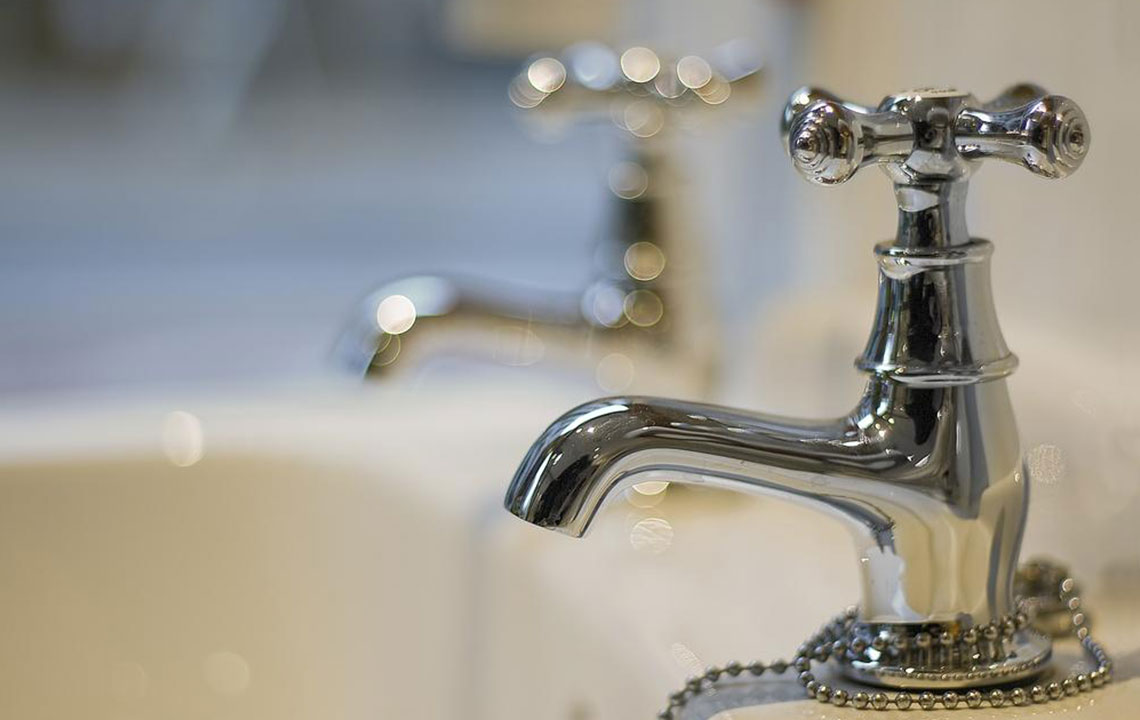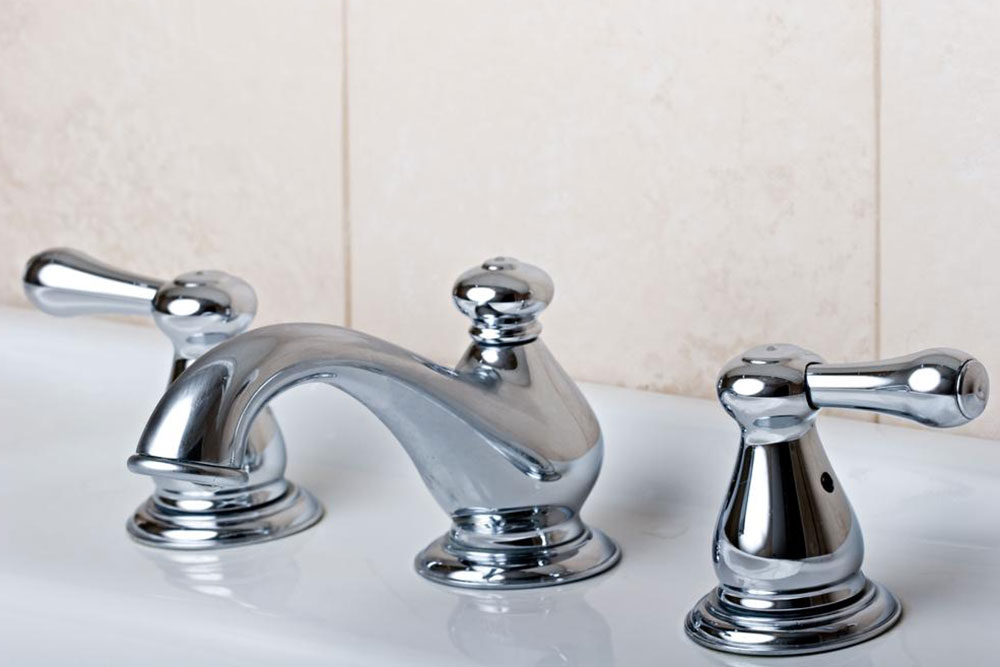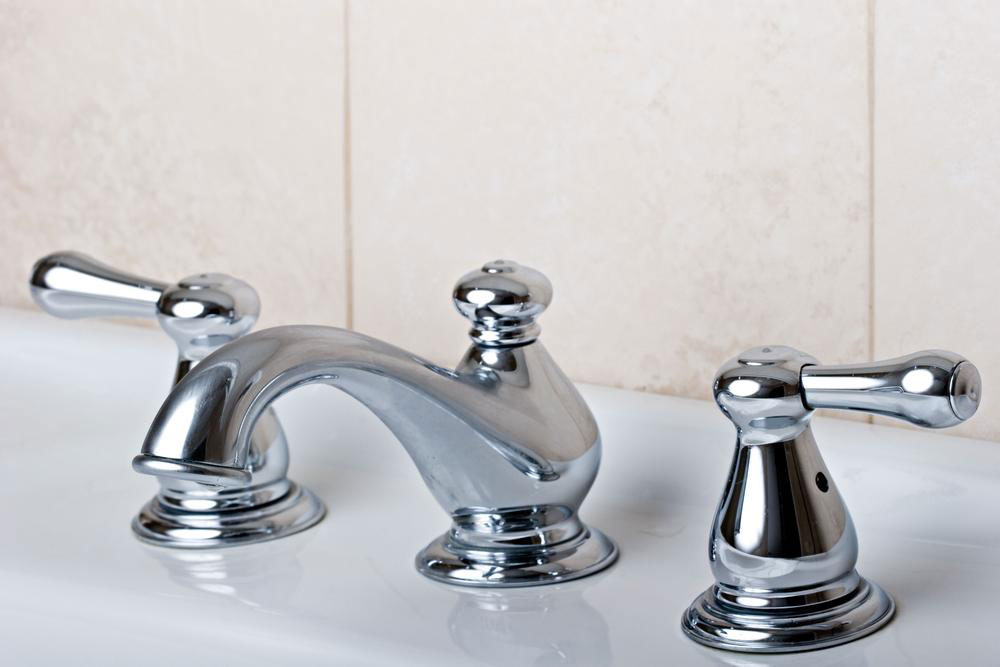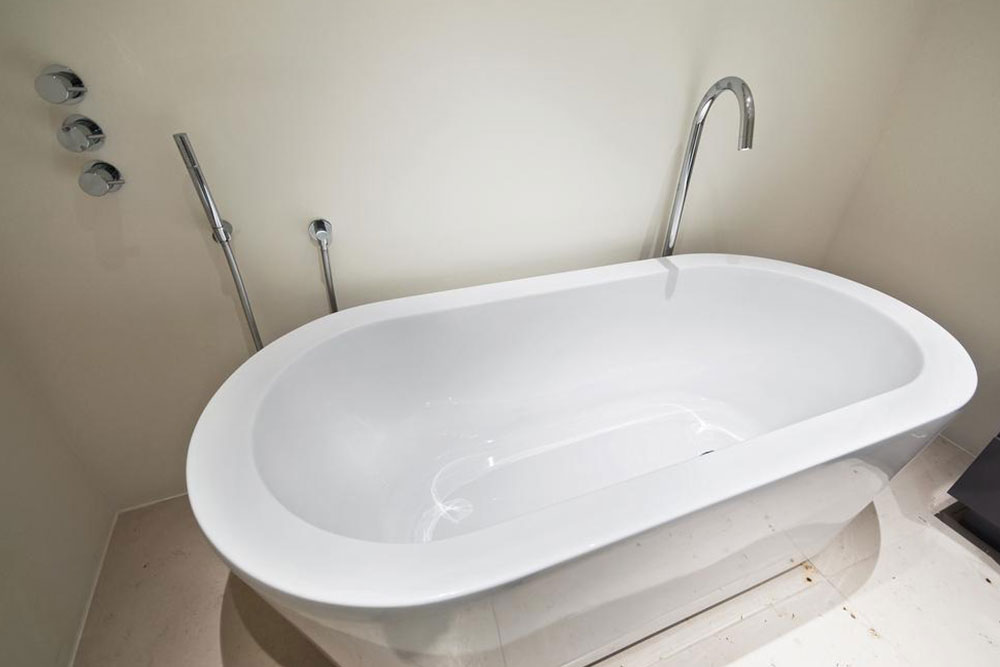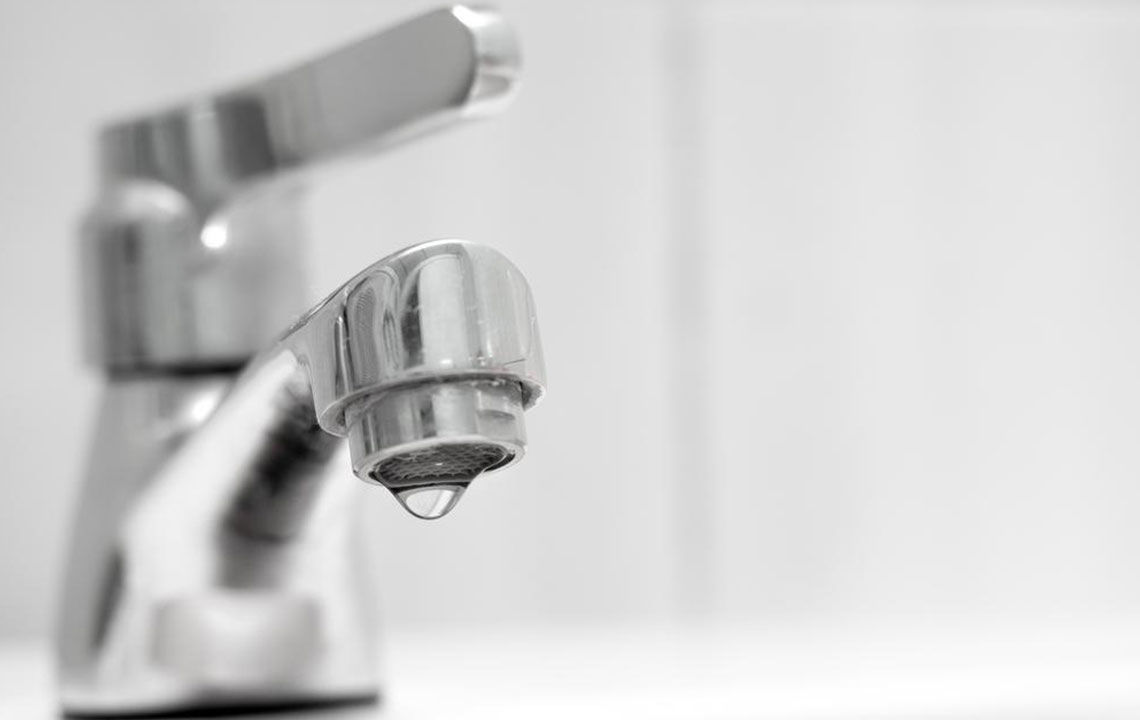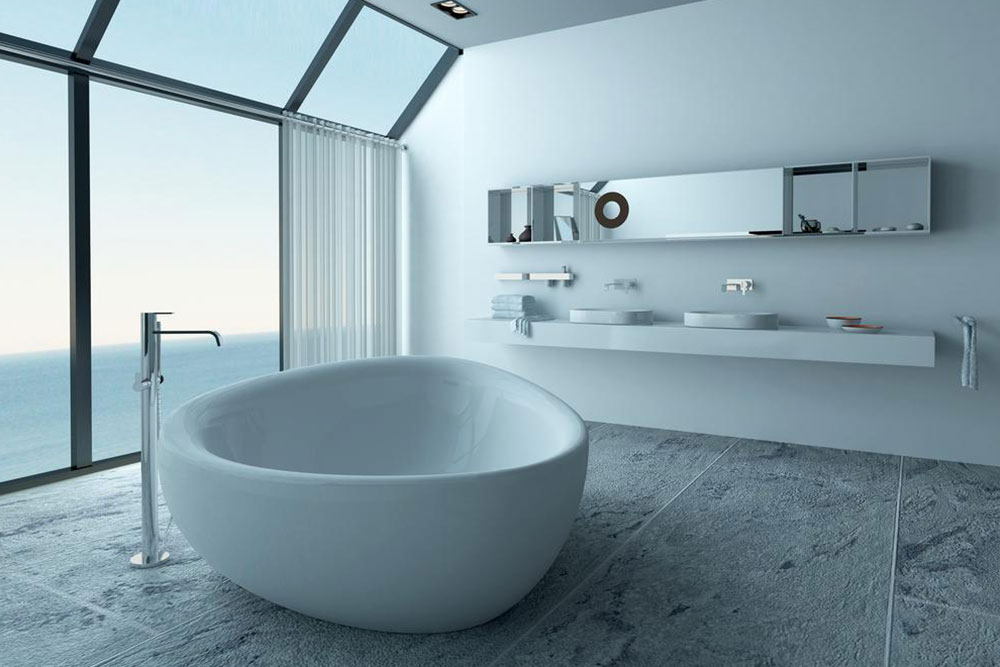Your Complete Guide to Bathroom Faucet Technologies and Types
This article provides an in-depth look at bathroom faucet mechanisms and modern control options. It explains the different types of valves, their benefits, and maintenance considerations. Additionally, it highlights innovative features like touch and sensor controls that enhance convenience and hygiene. Perfect for homeowners and renovators seeking to understand faucet technology to make informed choices, this guide covers essential aspects to ensure long-lasting and efficient bathroom fixtures.
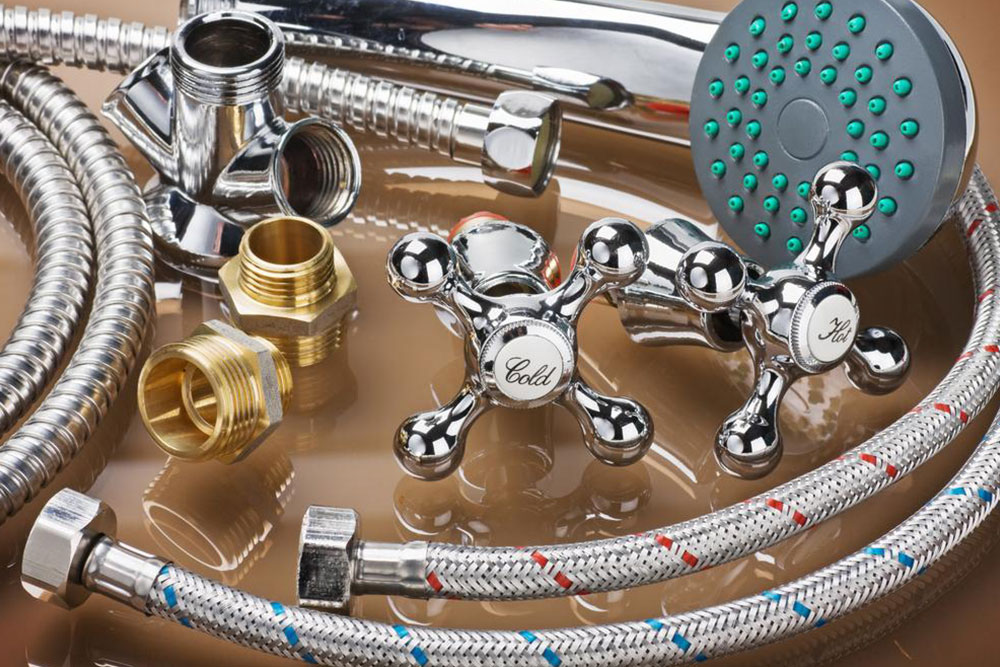
Understanding Bathroom Faucets: A Comprehensive Overview
Choosing the right bathroom faucet involves more than just style; understanding its internal components is crucial. Many buyers focus on design and finish, but the valve mechanism plays a vital role in durability and performance. Faucets are commonly made from brass and coated with chrome or PVD for corrosion resistance. Recent advances favor lead-free options like bismuth. Reviewing installation manuals helps ensure compatibility and ease of setup. The valve manages water flow and comes in four main types: compression, ball, cartridge, and ceramic disc, each with unique features and maintenance needs.
Modern faucets also feature advanced controls like sensor activation for hands-free operation or touch-sensitive technology, replacing traditional handles. Alternatively, options include cross handles, joysticks, knobs, and push buttons, offering versatile convenience tailored to user preferences.
Compression valves: Basic design using a screw to compress a rubber washer for water flow regulation, prone to wear over time, causing leaks.
Ball valves: Use movable slots to mix hot and cold water, typically operated with a single handle.
Cartridge valves: Consist of cylindrical cartridges moved relative to each other, providing durability and reliable performance.
Ceramic disc valves: Use sliding ceramic disks for minimal maintenance and high longevity, though more costly.
Note: Always review installation guides and consider your plumbing setup when selecting a faucet. While our articles offer valuable insights, consult professionals for personalized advice. Variations in data and available offers may differ across sources.

